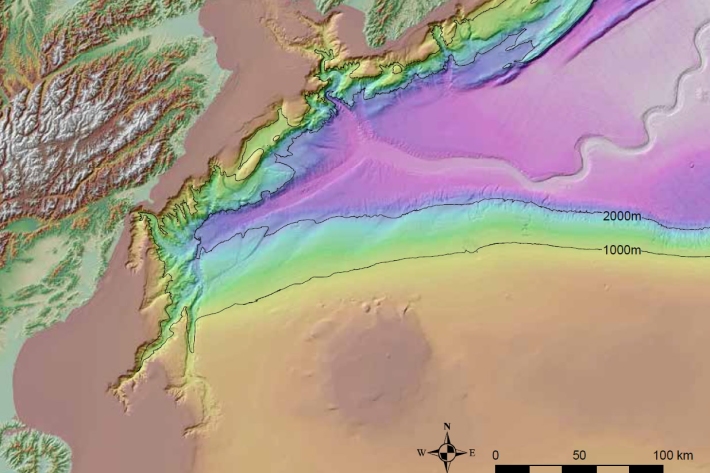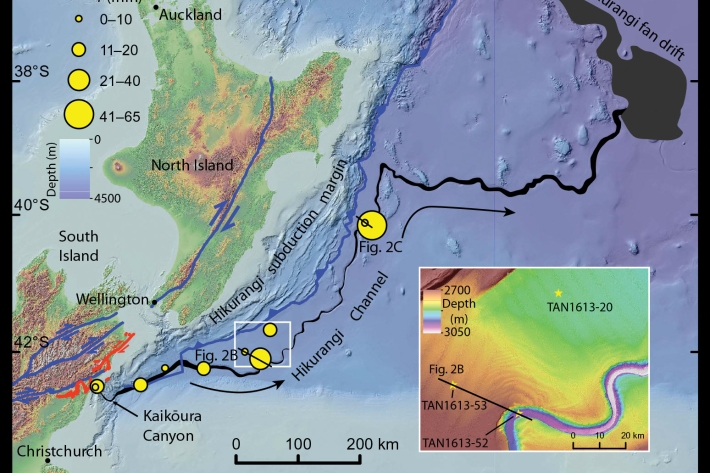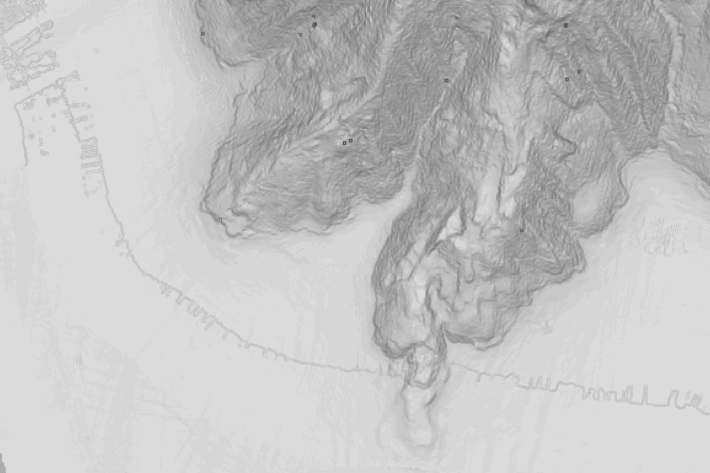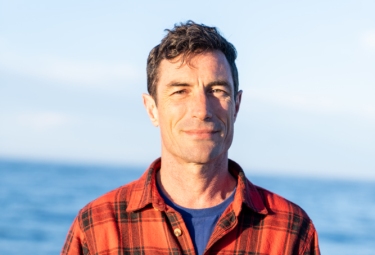Qualifications
Ph.D.
Location
Wellington
Science Centre
Contact Details
Biography
Joshu Mountjoy is a Marine Geoscientist and Programme Leader for SSIF Programme Marine Physical Processes and Resources. Joshu completed his PhD jointly with the University of Canterbury and NIWA and then took up a scientist position at NIWA. He has a broad interest in seafloor geomorphology spanning submarine canyons, landslides, active tectonics, gas and gas hydrate systems and lakes. Joshu is passionate about science communication and believes scientists are beholden to communicate what they do as broadly as possible. He recently featured in the National Geographic show Drain the Oceans https://www.imdb.com/title/tt8680494/. When not being a scientist Joshu enjoys mountain biking, surfing, skiing, cooking and tinkering in his shed.
Recently Featured Work

2013 - Kaikoura tsunami risks
News article
22 March 2013
Surveying work carried out by NIWA scientists this week is helping provide new insights into the tsunami risk from undersea landslides in the Kaikoura Canyon.

A wave of hazard research
Feature story
05 October 2017
It is well known that earthquakes can trigger tsunami but they can also be caused by landslides – with devastating effects.

Kaikōura earthquake generated huge submarine sediment shift
Media release
15 March 2018
The 2016 Kaikōura Earthquake has shown that more than 100 million dumptrucks of mud and sand flow through the Kaikōura Canyon every 140 years, scientists say.

Kaikōura earthquake provides world-first insight into submarine canyons
Feature story
17 October 2018
Research conducted after the 2016, 7.8 magnitude Kaikōura earthquake has provided scientists with an extremely rare opportunity to understand the processes that shape submarine canyons.

Massive mudslides in Kaikōura Canyon destroy seabed life
Media release
27 February 2017
Huge mudslides from November’s earthquakes have wiped out all organisms living in the seabed of the Kaikōura Canyon.

NIWA completes first bathymetric mapping of Lake Tekapo
Media release
17 March 2016
NIWA researchers have spent part of the last month keeping a close eye on the bottom of Lake Tekapo to find out what it looks like and what is going on below the lake bed.

